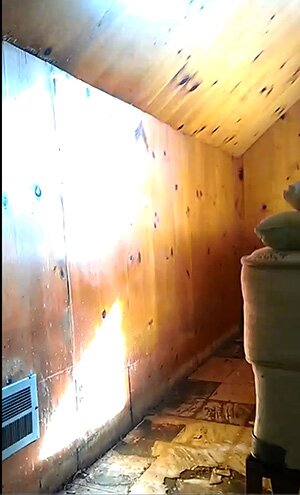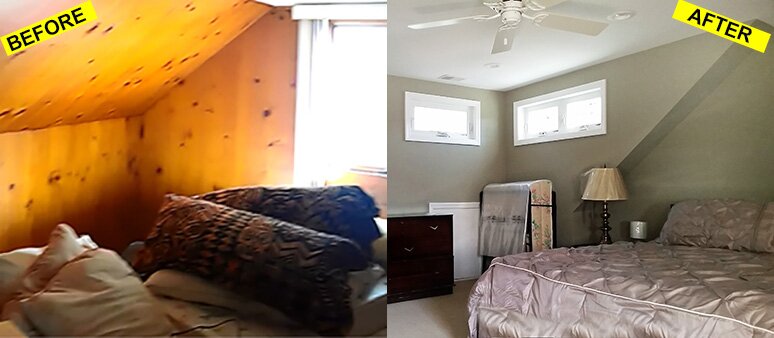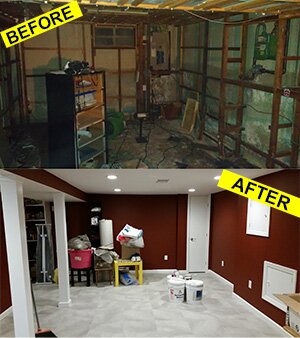Single-family Residence in River Edge, NJ
The winter of 2014 was bitterly cold. During a particularly cold week a water pipe on the second floor of the house froze and broke. The homeowners were traveling out of the country and unaware of the tens of thousands of gallons of water filling their basement.
Brian Rolph of Restoration and Decorating General Contracting, and one of the first emergency responders controlling and abating the disaster, brought me in on this job once the restoration phase of the work began and I could begin my services on the design of the renovation.
The homeowners had many wonderful qualities, among them they were extremely accommodating and wonderfully forward-thinking. Case in point, the time it takes for an architect to accomplish his or her work regularly surprises project owners. Our home-makeover, reality TV show mentality in our society suggests a new kitchen or bath remodeling project can be drawn by a designer over the weekend and built by a contractor within a few weeks.
Not so. And the homeowners with this specific project understood this before we ever met. They had a good sense of the demands made upon the services of a hired professional, as they were professionals themselves, and it was they who set the tone for ample time to focus on work, a tone that paved the way for good results. They were the antithesis of the old adage ‘haste makes waste.’








